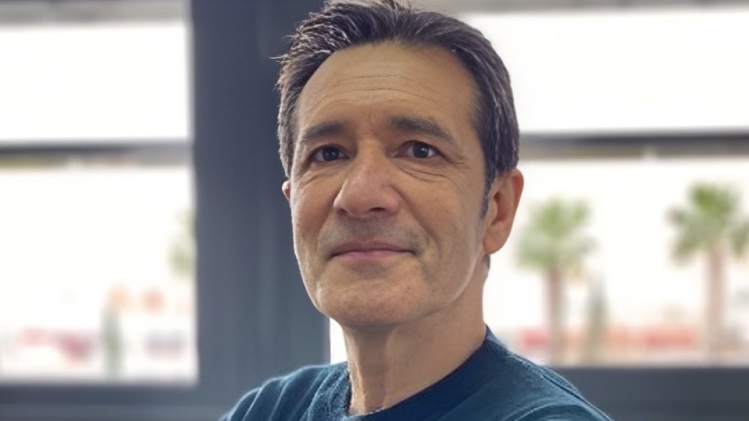Rafael Sirera, Professor of Cell Biology at the University Politècnica de Valènca, shared a post on X:
“Cancer’s appetite for sugar is not a weakness – it is its strategy for domination.
The Warburg Effect: Why Cancer Cells Prefer Glycolysis.
- One of the most fascinating paradoxes in molecular oncology is that cancer cells, even in the presence of oxygen, rely heavily on glycolysis rather than oxidative phosphorylation to produce energy. This metabolic reprogramming, known as the Warburg effect, was first described by Otto Warburg in the 1920s.
At first glance, it seems inefficient: glycolysis yields only two molecules of ATP per glucose, compared with thirty-six generated by mitochondrial respiration. Yet, this apparent wastefulness conceals profound adaptive advantages for tumour growth and survival.
- Cancer cells exhibit a high rate of glucose uptake, driven by overexpression of glucose transporters such as GLUT1 and GLUT3.
- The increased glycolytic flux provides not only ATP but also key intermediates for biosynthetic pathways—nucleotides, amino acids, and lipids—essential for the rapid proliferation characteristic of malignancy.
- Moreover, the conversion of pyruvate to lactate by lactate dehydrogenase regenerates NAD⁺, sustaining continuous glycolytic activity.
- The resulting acidification of the tumour microenvironment enhances invasion, suppresses immune responses, and promotes angiogenesis.
At the molecular level.
- Oncogenes such as MYC and RAS, and the stabilisation of HIF-1α under pseudo-hypoxic conditions, play central roles in promoting glycolytic metabolism.
- Conversely, tumour suppressors like p53 and PTEN normally restrain this metabolic shift; their loss further entrenches glycolytic dependence.
- This metabolic rewiring is not merely a symptom of malignancy—it is a hallmark of cancer, supporting survival under fluctuating oxygen levels and facilitating resistance to apoptosis.
- Therapeutically, the Warburg effect has opened new avenues for targeting cancer metabolism.
- Agents that inhibit glycolytic enzymes such as hexokinase II, lactate dehydrogenase A, or pyruvate kinase M2 (PKM2) are under active investigation.
- Additionally, the metabolic imaging of glucose uptake with ¹⁸F-FDG PET scans exploits the Warburg effect for cancer diagnosis and monitoring.
By disrupting this unique energetic preference, researchers aim to ‘starve’ cancer cells while sparing normal tissues that retain metabolic flexibility.

More posts featuring Molecular Oncology on OncoDaily.
